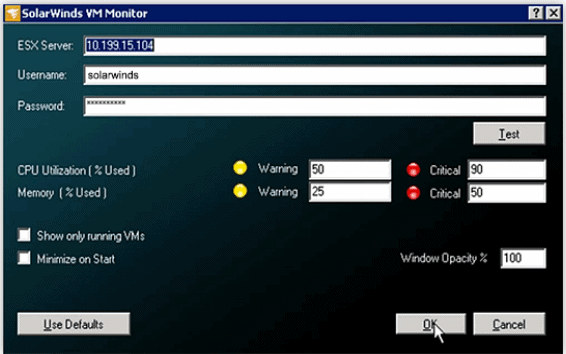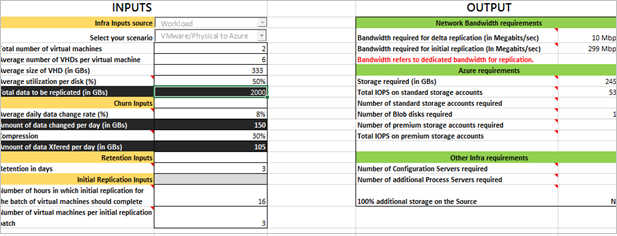

Azure VM-recommended size for each on-premises VM.Number of Azure cores to be set up before test failover or failover on the subscription.Storage-account naming suggestions, based on Storage guidance.Total number of standard and premium storage accounts to be set up for replication (Includes cache storage accounts).Storage type (standard or premium storage) requirement for each VM.Impact on the desired RPO if lower bandwidth is provisioned.RPO that can be achieved for a given bandwidth.Number of VMs to batch, based on the estimated bandwidth to complete initial replication in a given amount of time.Throughput that Site Recovery can get from on-premises to Azure.Estimated network bandwidth that's required for delta replication.Network bandwidth need versus RPO assessment VM eligibility assessment, based on number of disks, disk size, IOPS, churn, boot type (EFI/BIOS), and OS version.
#Vmware capacity planner download windows#
To get accurate achieved throughput results, run the planner on a Windows Server that meets the minimum requirements of the Site Recovery configuration server that you eventually need to deploy as one of the first steps in production deployment. You can run the tool without installing any Site Recovery components on-premises. You can remotely profile your VMware VMs by using this tool (with no production impact whatsoever) to understand the bandwidth and storage requirements for successful replication and test failover. Site Recovery Deployment Planner is a command-line tool for both Hyper-V to Azure and VMware to Azure disaster recovery scenarios.

You choose the storage type per VM, based on workload characteristics (for example, read/write I/O operations per second or data churn) and Site Recovery limits. You create either standard or premium storage accounts, factoring in growth on your source production servers because of increased usage over time. You also need to create the right type and number of target Azure Storage accounts. Be sure to deploy the right number of configuration servers and process servers on-premises. Overviewīefore you begin to protect any VMware virtual machines (VMs) by using Azure Site Recovery, allocate sufficient bandwidth, based on your daily data-change rate, to meet your desired recovery point objective (RPO). This article is the Azure Site Recovery Deployment Planner user guide for VMware to Azure production deployments.


 0 kommentar(er)
0 kommentar(er)
